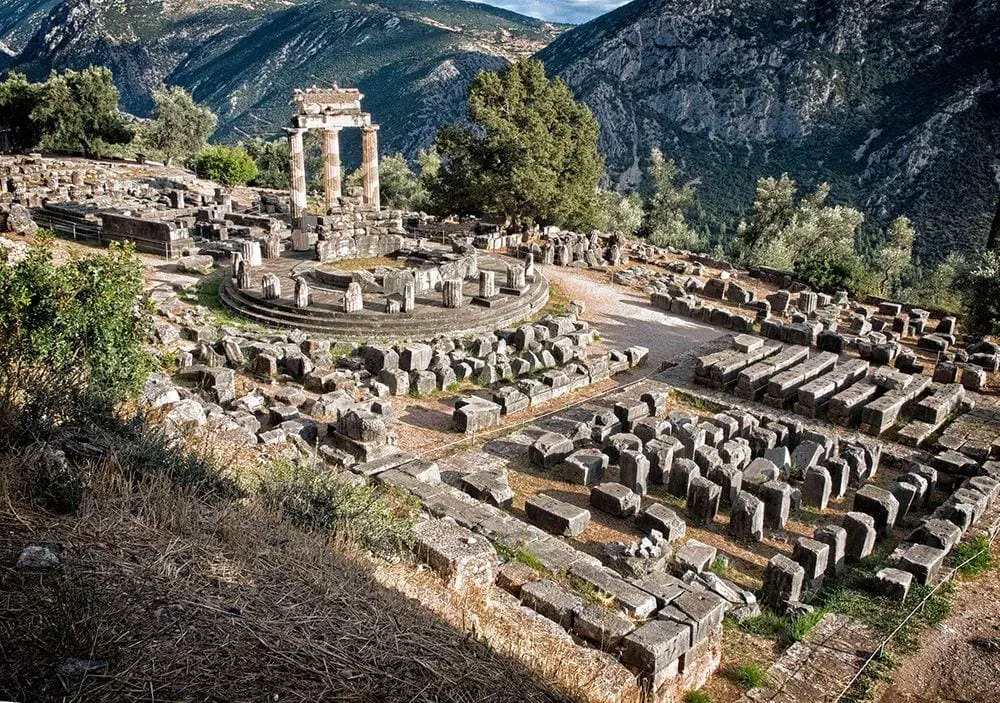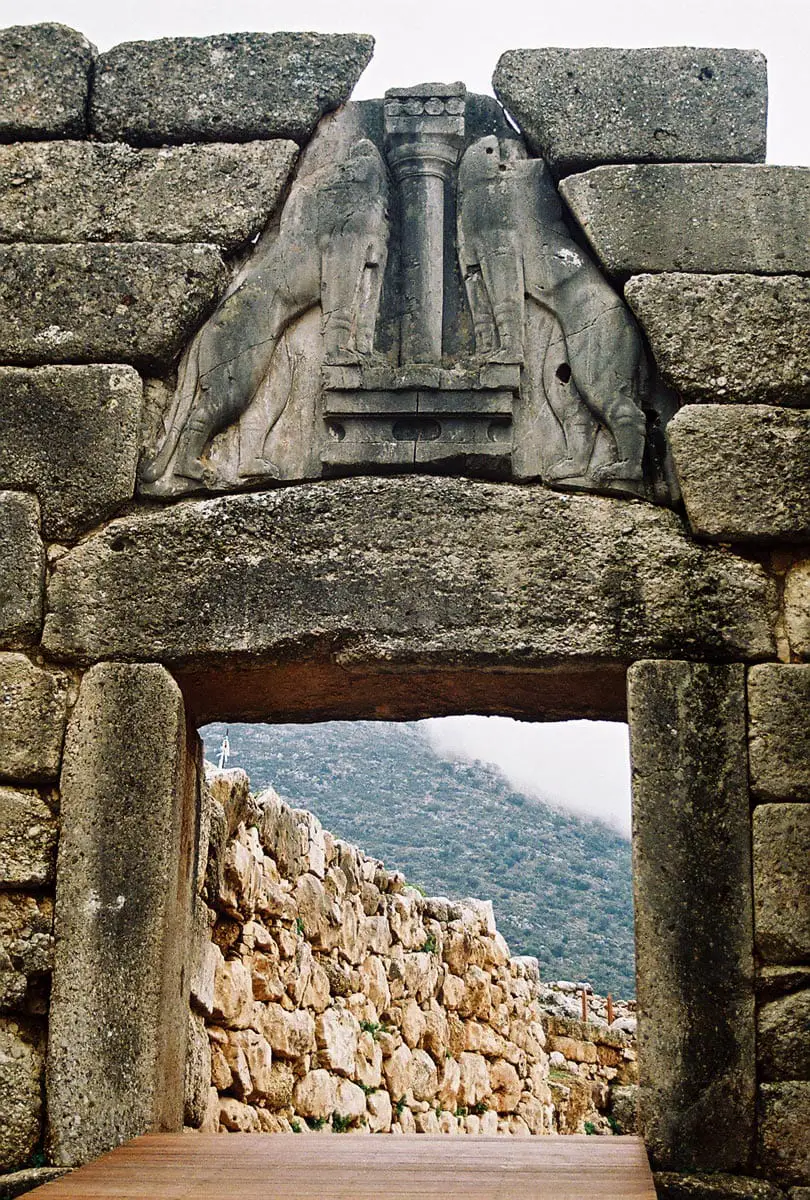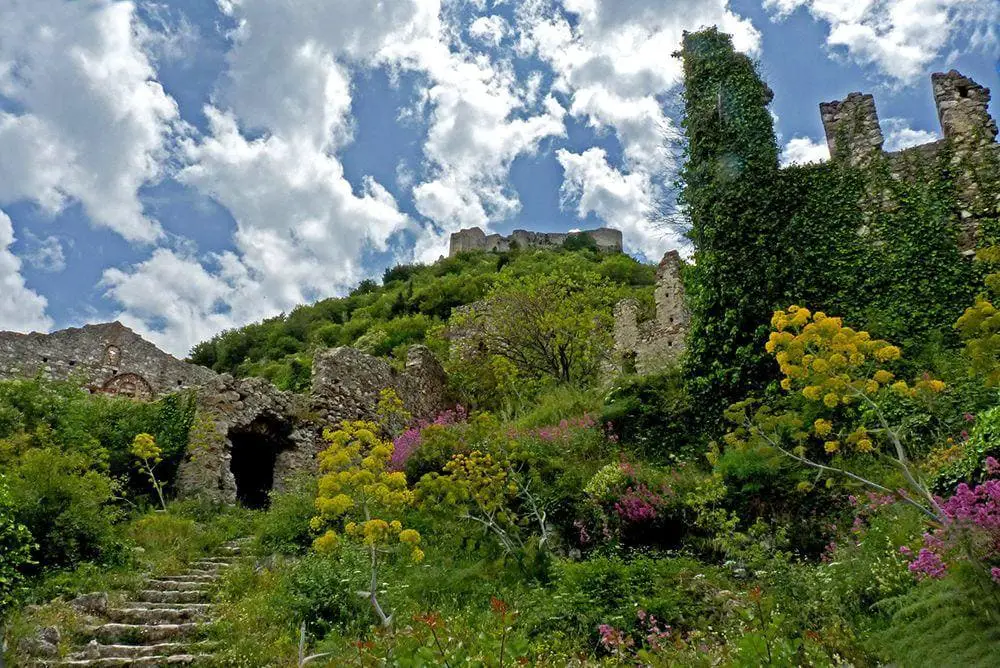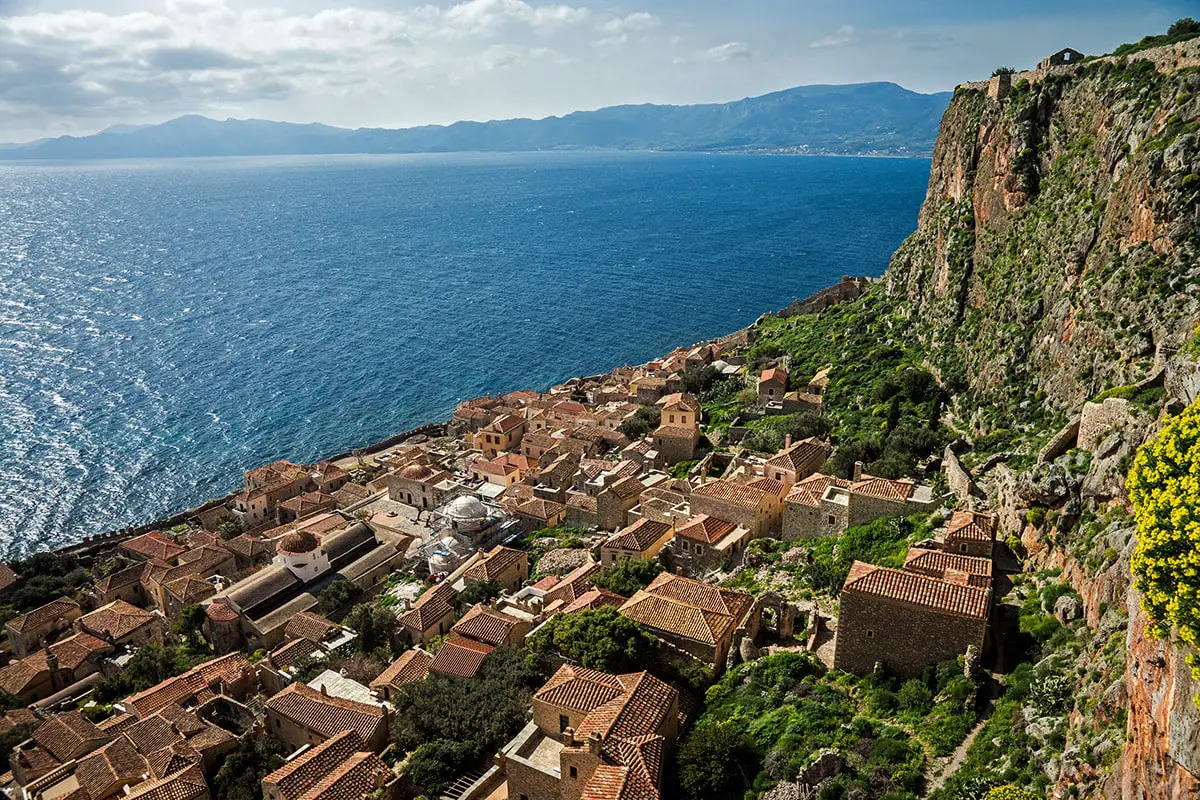Wondermondo 🢖 World 🢖 Wonders of Europe 🢖 Wonders of Greece
Territory
Wonders of Greece
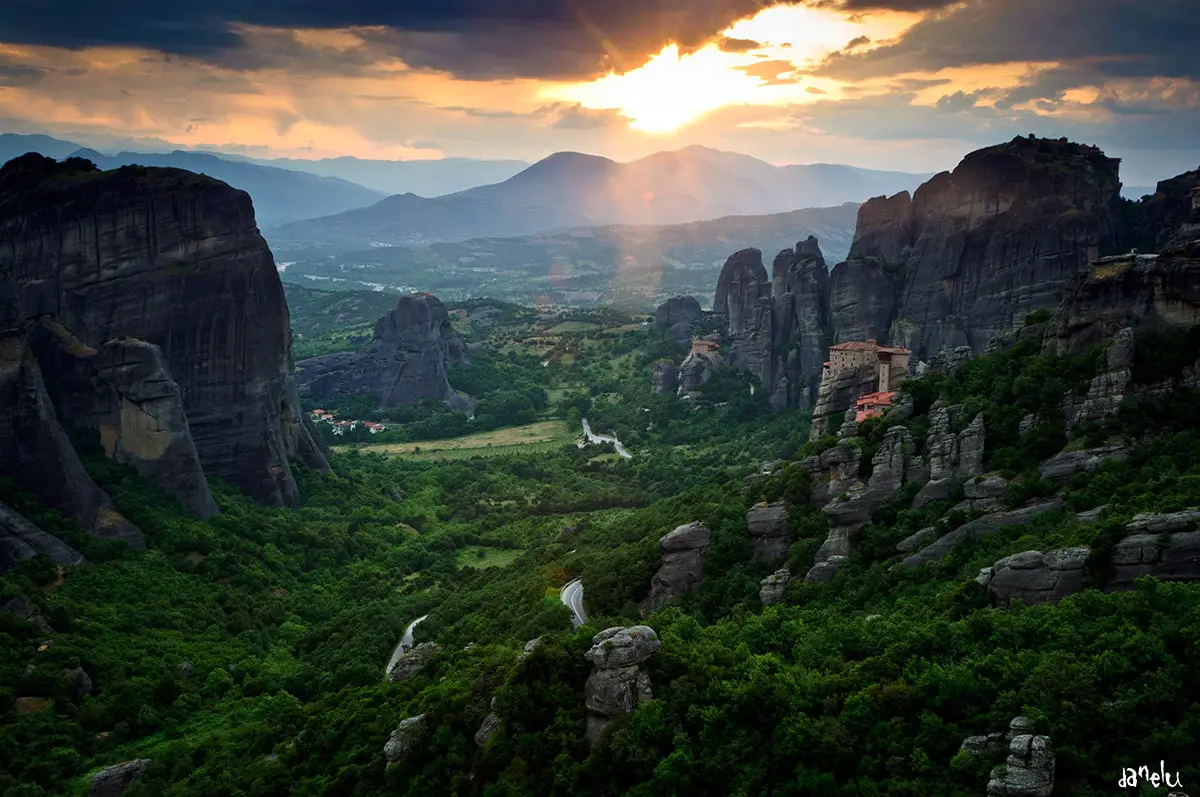
 Highlights
Highlights
Greece is one of the few countries in the world where are located centers of ancient civilizations. And not just one – but several. Archaeological and culture monuments there are older than in the remaining part of Europe and, in many cases – in the whole world. The most amazing wonders of Greece are:
- Temples and other structures built in the times of Ancient Greece. These structures to a large extent have inspired the architecture for many centuries to come, in many cultures and countries around the world.
- Byzantine churches and monasteries. Byzantine culture in many ways is Greek culture, and at the same time, it is a culture that formed the identity of Christian Europe.
- Bronze age landmarks. Two great civilizations existed during the Bronze age in Greece: Minoan civilization – the first one in Europe and then Mycenaean civilization. Both have left great and very interesting wonders.
Map with the described wonders
If you see this after your page is loaded completely, leafletJS files are missing.
 Top 25 wonders of Greece
Top 25 wonders of Greece
Archaeological wonders
Acropolis of Athens
Attica
One of the most important European heritage monuments – the citadel of the city of Athens. Contains ruins of numerous Greek temples that have left a huge impact on world architecture. Most buildings were built in 460 – 430 BC, but the history of the citadel goes back to the Late Bronze Age.
Olympia
West Greece
An ancient sacred city with numerous monumental structures whose ruins are impressive up to this day. Olympic Games took place here every four years from the 8th century BC to the 4th century AD. Here is located the oldest known stadium in the world.
Knossos and Knossos Palace
Crete
Ruins of Europe’s oldest city. It was developed starting from 7000 BC (Neolithic) and was abandoned around 1380 – 1100 BC. The ancient palace was the administrative center of the Minoan Civilization. The construction of the palace started around 1900 BC. In a way, the palace and the settlement of Knossos are one and the same as in the palace lived numerous people besides the rulers and it had some 1,300 rooms, including a theater and numerous storerooms. Some parts of the palace were up to 5 floors high.
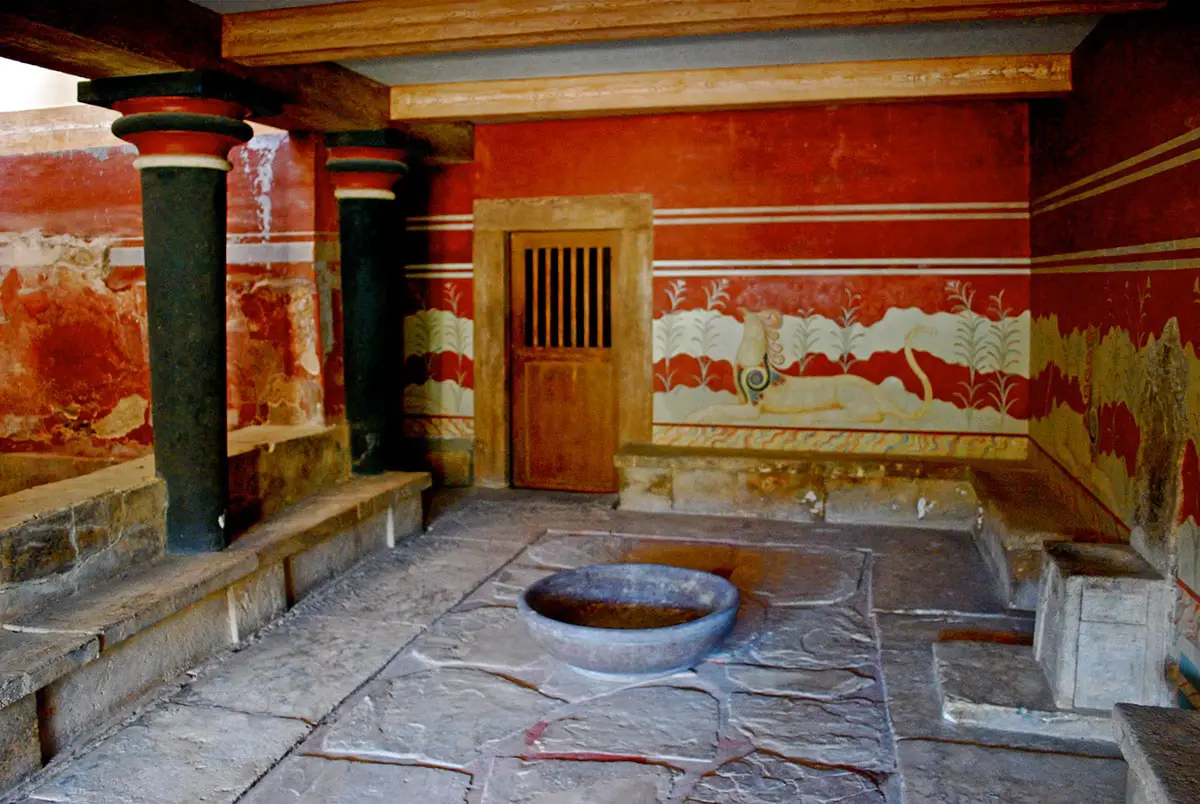
Delphi
Central Greece
Ruins of an ancient sacred city, the navel of Gaia (Earth). Inhabited since the Neolithic period, turned into a significant center in 1600 – 1100 BC and flourished in the 6th century BC. Already by 1400 BC or earlier, there was an important shrine – an oracle. Here, in the Temple of Apollo burned an eternal flame. The site contains the Temple of Apollo – one of the most interesting and significant ancient shrines in the world, the impressive Tholos, theater, and numerous treasuries – votive structures built by other cities of Greece.
Parthenon
Attica
The most famous temple in the Acropolis of Athens, dedicated to the goddess Athena and constructed in 447 – 432 BC. Used also as a treasury. This structure marks the zenith of the development of architecture and arts in Ancient Greece and is one of the most renowned cultural monuments on Earth.
Mycenae
Peloponnese
One of the major centers of Greek civilization, this city flourished in 1600 – 1100 BC. The Citadel of Mycenae has been built of enormous stone blocks, an interesting feature is the Lion Gate. Important are also the burials in the impressive Grave Circle A and Grave Circle B.
Delos
South Aegean
Ancient and even prehistoric religious center, inhabited since the 3rd millennium BC. According to Greek mythology, this was the birthplace of Apollo and Artemis. Important cult center in 900 BC – 100 AD when the island was “cleaned” of all ancient burials in order to turn it into a shrine. Although it was inhabited, no one was allowed to die or give birth there.
Theater of Dionysus
Attica
The oldest theater in the world. Initially, it was used to honor the god Dionysus. Here could be seated 17,000 spectators while the perfect acoustics allowed the performance to be audible to anyone in the theater. The theater was built step by step, most works took place around 390 – 325 BC.
Epidaurus Theater
Peloponnese
One of the most beautiful and most perfect theaters in Ancient Greece, built in the 4th century BC and extended later, in Roman times. The theater seats 14,000 people and has exceptional acoustics that allows hearing the sounds from the scene in the theater.
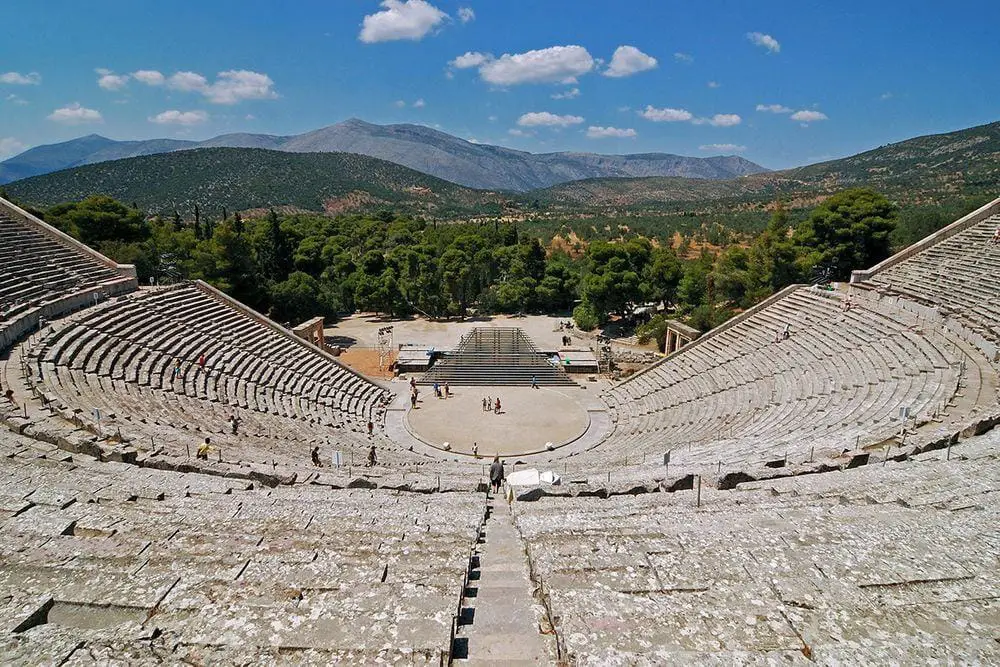
Pavlopetri
Peloponnese
Remnants of a very old submerged city – a city that went under the sea around 1000 BC. Development of this city started around 2800 BC and after it was submerged during an earthquake, it has been well preserved.
Lion Gate, Mycenae
Peloponnese
Main entrance in the major urban center of the Bronze Age, built in the 13th century BC. Above these gates is a monumental sculpture with two lions.
Temple of Hephaestus
Attica
An ancient temple of the Doric order in a very good state. Constructed in 449 – 415 BC. Served as a Greek Orthodox church from the 7th century AD to 1834. The building has inspired the architecture of rather many structures around the world.
Treasury of Atreus
Peloponnese
Enormous tholos – a royal Mycenaean tomb that was constructed around 1250 BC. A notable achievement of ancient engineers is the shaping transport and rising of the lintel stone above the doorway – it weighs 120 tons and is 8.3 m long. The domed room inside is 13.5 m high and 14.5 m wide – the largest domed structure in the world for approximately 1000 years.
Dodona
Epirus
Site of the oldest Hellenic oracle, older than Delphi. It is possible that it was founded in the 2nd millennium BC and was active until 391 – 392 AD. The decisions in this oracle were taken by the rustling of the leaves of oak or beech or rather bronze objects hanging in the branches of these trees. This shrine most likely started as a shrine of the prehistoric Mother Goddess.
Architecture wonders
Great Lavra of Athos
Mount Athos
The most important monastery on the Athos peninsula. Founded in 963 AD, it contains an important library. The other 19 monasteries of Holy Mount Athos are also very important monuments of history and culture.
Holy Monastery of Rousanou, Meteora
Thessaly
One of the six remaining monasteries of Meteora, built on the top of natural sandstone pillar.
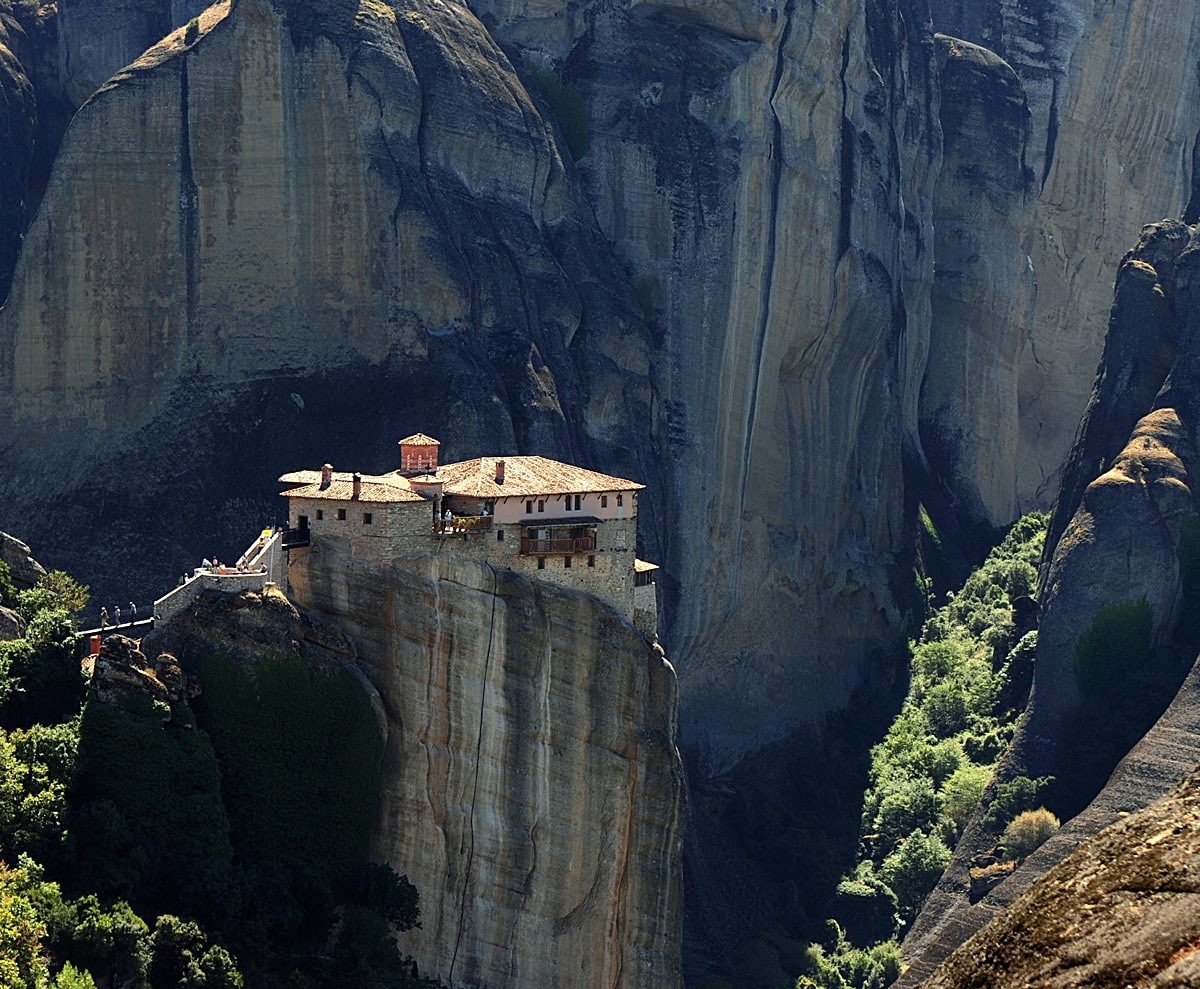
Mystras
Peloponnese
Historical town, the center of the prosperous Byzantine Despotate of the Morea in the 14th – 15th centuries. Abandoned in the 1830ies but numerous structures have been well preserved or restored. Many buildings are outstanding examples of Byzantine architecture and art, such as Peribleptos Monastery Church (1348 – 1380) with its beautiful frescoes or Brontochion Monastery, Pantanassa Monastery, and many others.
Holy Monastery of Great Meteoron
Thessaly
One of the six remaining monasteries of Meteora, built on the top of natural sandstone pillar.
Holy Monastery of Varlaam, Meteora
Thessaly
One of the six remaining monasteries of Meteora, built on the top of natural sandstone pillar.
Hagios Demetrios
Central Macedonia
An enormous and very old church, constructed in 629 – 634, on the site of earlier churches. Its beautiful mosaics were made around 730. Under the church is a crypt – rooms of the baths where, according to a legend, St. Demetrios was martyred in 303. Rebuilt after 1917.
Rhodes city
South Aegean
One of the best-preserved medieval cities in Europe. Although the city contains ruins of Ancient Greek and Roman buildings, the most impressive today are the fortifications and other structures built by Knights Hospitallers in the 14th century.
Monastery of the Holy Trinity, Meteora
Thessaly
One of the six remaining monasteries of Meteora, built on the top of natural sandstone pillar.
Holy Monastery of St. Stephen, Meteora
Thessaly
One of the six remaining monasteries of Meteora, built on the top of natural sandstone pillar.
Holy Monastery of St. Nicholas Anapausas, Meteora
Thessaly
One of the six remaining monasteries of Meteora, built on the top of natural sandstone pillar.
Monemvasia
Peloponnese
Picturesque town perched between the sea and cliff, located on an island. The medieval town still is protected by city walls and a castle towering above it. Numerous historical buildings.
 Recommended books
Recommended books
Rick Steves Greece: Athens & the Peloponnese
Walk in the steps of Socrates, test the acoustics of the amphitheater of Epidavros, and set sail for Santorini: with Rick Steves on your side, Greece can be yours!
DK Eyewitness Travel Guide: Greece, Athens & the Mainland
DK Eyewitness Travel Guide: Greece, Athens & the Mainland is your in-depth guide to the very best of Greece, Athens, and the mainland.

